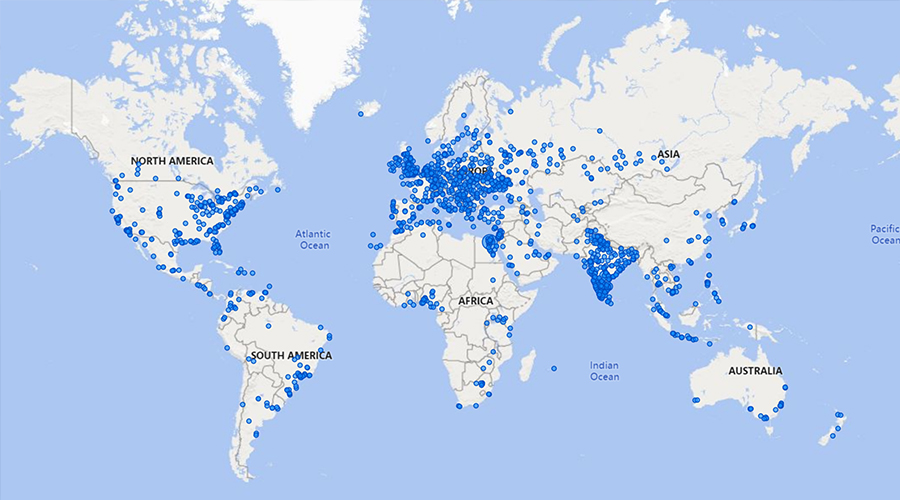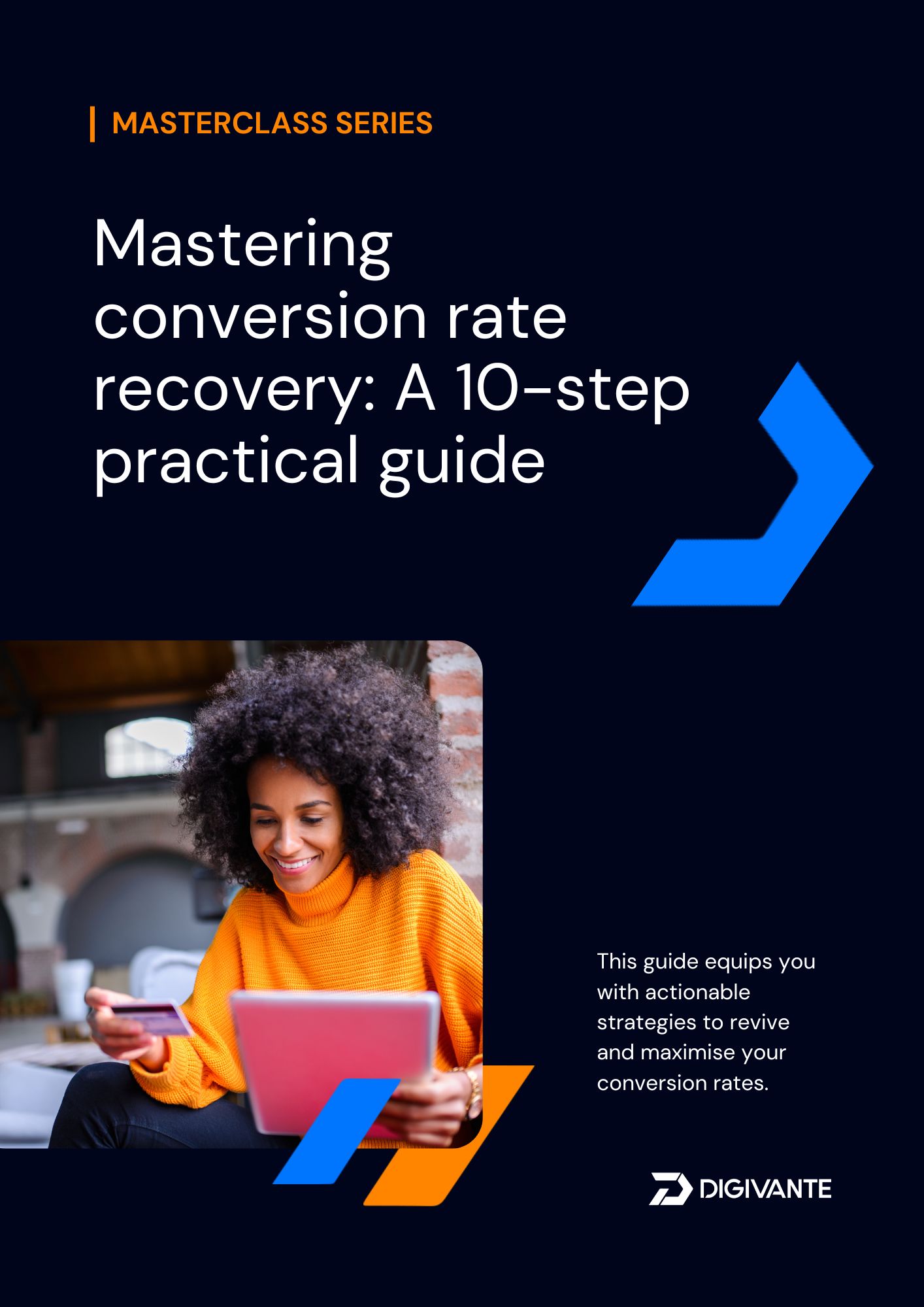In the highly competitive world of ecommerce, achieving success requires a laser focus on Conversion Rate Optimisation (CRO). Companies invest significant time and resources into various strategies to improve their conversion rates, such as A/B testing, heatmaps, user feedback, and more. However, one critical aspect of CRO often goes overlooked—User Acceptance Testing (UAT). Bugs and technical issues can disrupt the user experience and hamper conversion rates. In this blog, we will emphasise the importance of software testing in CRO and introduce a solution that many ecommerce companies have yet to consider—crowdtesting.
Understanding Conversion Rate Optimisation
Before delving into the role of software testing in CRO, let’s briefly highlight the significance of Conversion Rate Optimisation itself. CRO encompasses a range of techniques and tools aimed at improving the percentage of website visitors who take desired actions, such as making a purchase, signing up for a newsletter, or requesting more information. It involves analysing user behaviour, identifying areas of improvement, and implementing changes to boost conversions.
Common strategies and Conversion Rate Optimisation tools
Several well-known tactics and tools are employed in the field of CRO. A/B testing, for example, allows companies to compare two versions of a webpage or app to determine which one performs better in terms of conversions. Heatmaps provide valuable insights into user behaviour by visually representing where users click, scroll, or spend the most time on a page. Conversion funnel analysis helps identify bottlenecks in the user journey, enabling companies to optimise the conversion process. Additionally, user feedback, personalisation, website performance optimisation, UX/UI improvements, social proof, and cart abandonment strategies are also widely used techniques in CRO.
The role of software bugs in CRO
While these CRO strategies and tools are undoubtedly effective, they may not deliver optimal results if software bugs and technical issues exist. Regardless of how well-designed and optimised a website or app may be for conversion, a single bug can disrupt the user experience and lead to lost conversions. Software bugs can manifest in various ways, from broken links and missing images to payment processing errors and compatibility issues with different devices and browsers.
Introducing crowdtesting
To overcome the challenge of conversion-blocking software bugs and issues and ensure smooth user experiences, ecommerce leaders are turning to crowdtesting. Crowdtesting, also known as crowdsourced software testing, is a practice where a community of testers from diverse backgrounds and locations tests software applications for functionality, usability, and compatibility. It offers a scalable and cost-effective solution for identifying and fixing software bugs, enabling companies to heighten their CRO efforts.
How crowdtesting enhances CRO
Crowd-based UAT excels in various areas, enhancing the CRO process for ecommerce companies:
- Exploratory testing: Unlike scripted testing, exploratory testing allows testers to freely explore the application and uncover unforeseen issues. With crowdtesting, ecommerce companies can tap into a global pool of testers who can rapidly identify bugs that might have gone unnoticed during in-house testing. These testers bring fresh perspectives, huge coverage, diverse devices, and various usage scenarios to ensure comprehensive testing coverage.
- Usability testing: Usability testing is paramount in ecommerce. A minor usability issue can frustrate users and lead to abandoned shopping carts. Crowdtesting allows ecommerce companies to leverage testers with different backgrounds, skill levels, and familiarity with the product to evaluate the user experience. They can quickly identify navigation issues, confusing user interfaces, and other usability concerns that may hinder conversions. By addressing these issues, companies can provide a seamless and intuitive user experience that drives higher conversion rates.
- Payment testing: The payment process is a critical touchpoint in the ecommerce user journey. Any issues during payment can lead to immediate cart abandonment. Crowdtesting enables companies to test payment functionalities across various payment gateways, devices, and browsers. Testers can identify payment processing errors, compatibility issues, and potential security vulnerabilities. By ensuring a smooth and secure payment process, ecommerce companies can build trust with their customers and increase conversions.
- In-location testing: Ecommerce companies often face the challenge of catering to a global customer base. User experiences can vary depending on geographic locations, network conditions, and regional preferences. With ecommerce crowdtesting services, companies can leverage testers from different locations worldwide to test their applications in specific regions. This allows them to identify and resolve issues that might be unique to certain locations, ensuring a seamless user experience across the globe and maximising conversion rates.
Enhancing CTA buttons through crowdtesting
In ecommerce, Call-to-Action (CTA) buttons play a pivotal role in driving conversions. A compelling CTA can prompt visitors to take the desired action, such as making a purchase or signing up for a newsletter. To maximise the impact of CTA buttons, crowdtesting can be employed to evaluate their effectiveness.
Crowdtesters can provide feedback on the design, placement, and wording of CTA buttons. They can identify any issues that might hinder users from clicking on the CTA or any confusion caused by poorly crafted CTAs. By fine-tuning CTA buttons based on crowdtester feedback, ecommerce companies can create more enticing and persuasive CTAs that lead to increased conversions.
Crowdtesting as a scalable CRO solution
As ecommerce companies strive to optimise their conversion rates, quality assurance (QA) becomes paramount. The traditional approach to Customer Experience (CX) involves maintaining an in-house UAT team to thoroughly test software applications. However, as websites and apps experience fluctuations in development, traffic and user interactions, the demand for testing can vary significantly. This is where crowdtesting emerges as a game-changing solution.
Crowdtesting allows ecommerce businesses to scale their quality assurance process without the need to grow their team. It offers the flexibility to ramp up testing efforts during peak periods and scale down during quieter times.
Building successful CRO with crowdtesting tools
Crowdtesting platforms provide various tools and features that facilitate the testing process and enable ecommerce companies to achieve successful CRO. These tools include:
- Bug reporting: Crowdtesting platforms offer robust bug reporting systems that allow testers to report issues they encounter during testing accurately. Detailed bug reports help developers pinpoint and resolve software bugs promptly and in order of priority.
- Real device testing: Crowdtesters use real devices, representing the diverse range of devices used by actual users. This approach ensures comprehensive testing across various operating systems and screen sizes.
- Regression testing: As new features or changes are implemented, regression testing becomes crucial to ensure that existing functionalities remain unaffected. Crowdtesting can be utilised for ongoing regression testing to maintain the quality of the application.
- Test case library: Crowdtesting platforms often provide a library of pre-defined test cases that can be used for specific testing scenarios. This feature streamlines the testing process and ensures thorough coverage of critical functionalities.
Maximising CRO ROI with crowdtesting
A crucial factor in any business decision, including CRO strategies, is Return on Investment (ROI). To achieve the best possible CRO ROI, crowdtesting plays a vital role.
By identifying and fixing software bugs early in the development process, ecommerce companies can save significant costs associated with post-release bug fixing. Crowdtesting enables rapid bug detection, which ultimately leads to faster time-to-market and improved user experiences.
Furthermore, the diverse perspectives provided by crowdtesters help identify usability issues that might have been overlooked during in-house testing. Addressing these usability concerns can significantly impact conversion rates, leading to a higher ROI on CRO efforts.
Conclusion
In the realm of conversion rate optimisation, software testing plays a vital role. No matter how well-crafted a CRO strategy may be, software bugs can undermine all efforts. To address this challenge, ecommerce companies should consider incorporating crowdtesting into their CRO strategy and processes. Crowdtesting provides a scalable and cost-effective solution for identifying, prioritising and fixing bugs and CX issues, ensuring smooth user experiences, and maximising conversion rates.
By leveraging exploratory testing for conversion rate optimisation, as well as usability testing, payment testing, and in-location testing, ecommerce companies can fine-tune their applications, build trust with their customers, and achieve optimal conversion rate optimisation. Don’t overlook the power of crowdtesting—unlock its potential and take your ecommerce business to new heights.








